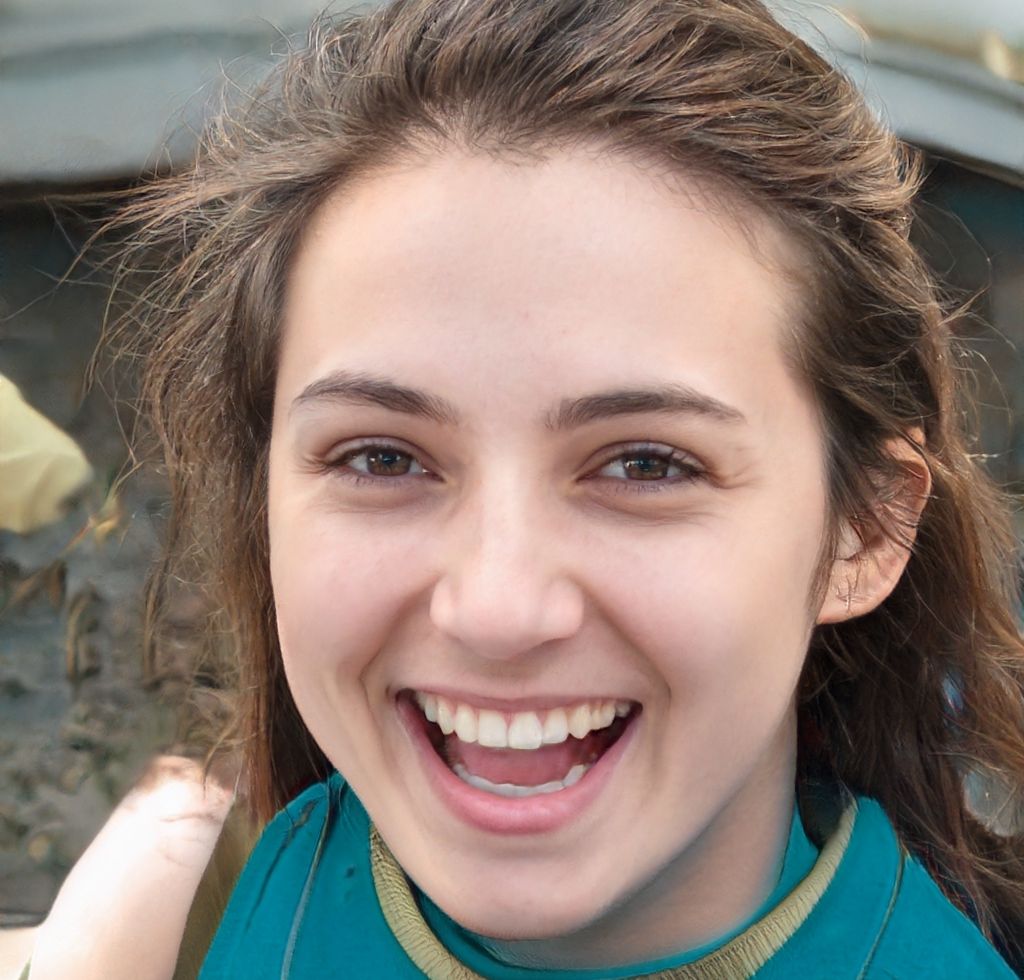

Santiago Alfonso
Organic Chemistry teacher | Verified Expert
With a passion for Organic Chemistry ignited during my studies at Western University of Health Sciences, I bring a depth of knowledge and enthusiasm to each tutoring session. My goal is to make complex concepts digestible and enjoyable, fostering a deeper understanding of the subject. From reaction mechanisms to synthesis strategies, I'm here to guide students through every step of their learning journey. Let's unravel the mysteries of Organic Chemistry together and pave the way for academic success.
Questions
How to get formic acid from acetic acid ?
Why are epoxides so reactive?
Why are imines colored?
When 1 mol of NaBH4 is used to reduce ketone, how many moles of hydride is used?
Product of cyclohexanone/benzaldehyde with a substituted amine?
How would you define polar and non-polar bonds?
Is tryptophan an aromatic amino acid?
How do I identify acid-base reactions and redox reactions?
Are disaccharides a type of carbohydrate?
How are dipoles induced?
Why are some functional groups hydrophilic?
What is the formal charge on each atom in the tetrahydridoborate ion?
How are SN1 and SN2 reactions carried out?
What is the functional group contained in the compound #CH_3-CH_2-NH_2#?
How would you draw all of the resonance structures for nitrate?
Which of the following elements experiences the greatest london dispersion forces: fluorine, chlorine, bromine, or iodine?
How do you draw a primary alcohol?
In racemic mixture, why are both enantiomers of compound present in equal amounts?
How can you find the localized, delocalized pi bonds and sigma bonds by looking at the chemical structure of a molecule?
Why do optical isomers always come in pairs?